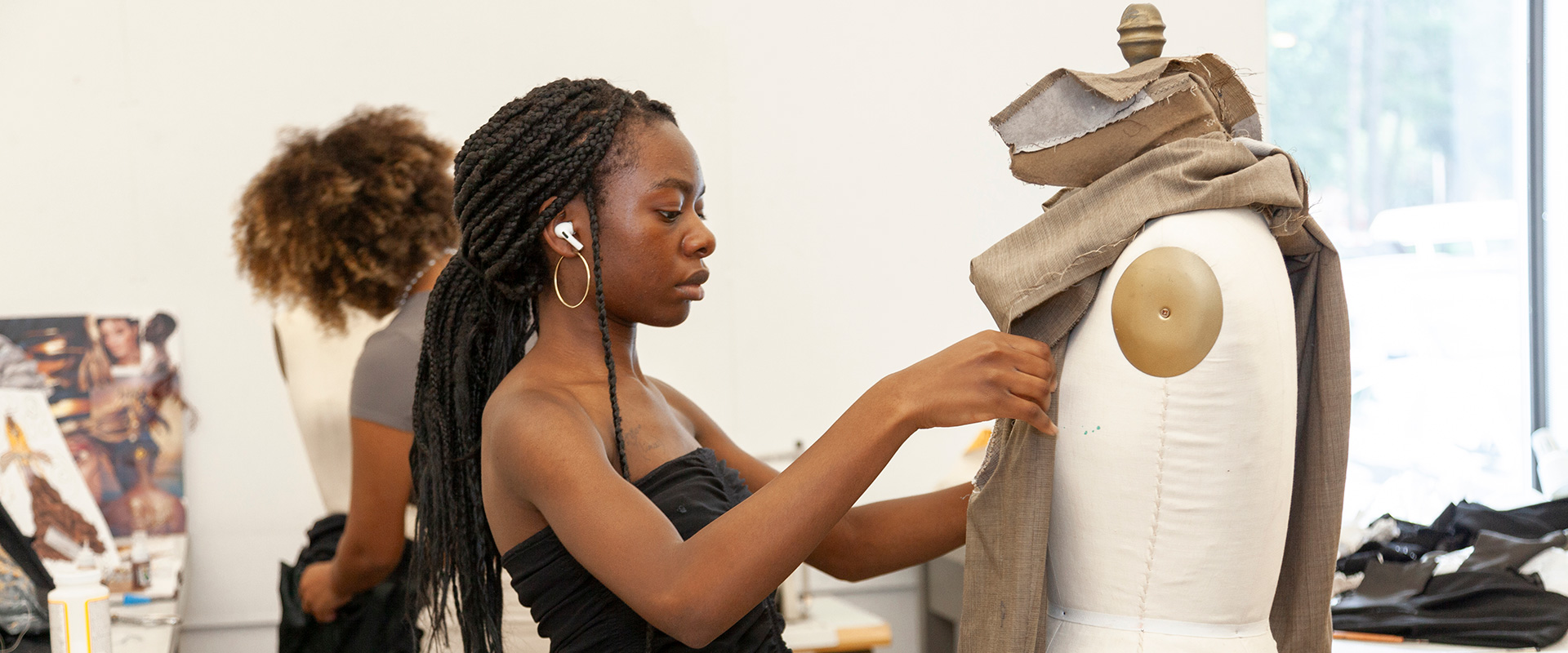Alright – so today we’ve got the honor of introducing you to Tom Iverson. We think you’ll enjoy our conversation, we’ve shared it below.
Tom, looking forward to learning from your journey. You’ve got an amazing story and before we dive into that, let’s start with an important building block. Where do you get your work ethic from?
I am one of five boys raised by a single mom. She had to work 2 and 3 jobs while I was growing up, which left us boys to essentially fend for ourselves. By third grade I was cooking my own meals, washing my own clothes, and making my own bed. I learned early on to get my chores done right the first time so that I could have time to play or relax on my own schedule. I also learned that if I didn’t get my chores done, no-one else was going to do them for me. When my mom came home after work, I would be called home from playing with my friends to finish whatever I had left undone. This self sufficiency carried into high school and through college. If I needed money for food, rent, gas, or tuition, I would find a second or third job to ensure my bills were paid. I followed opportunities as they presented themselves such as commercial fishing in Alaska in high school and college; but didn’t let the allure of easy money keep me from finishing college and earning my degree(s). I am the only one of my brothers to have finished college. In my professional career I have used my problem solving skills and get ‘er done attitude to be a leader in my field and to have considerable say in my professional growth. As I am nearing retirement and starting to think about post-career life, I discovered an idea that I could pursue as a side hustle and possibly help me retire early and on my own terms.
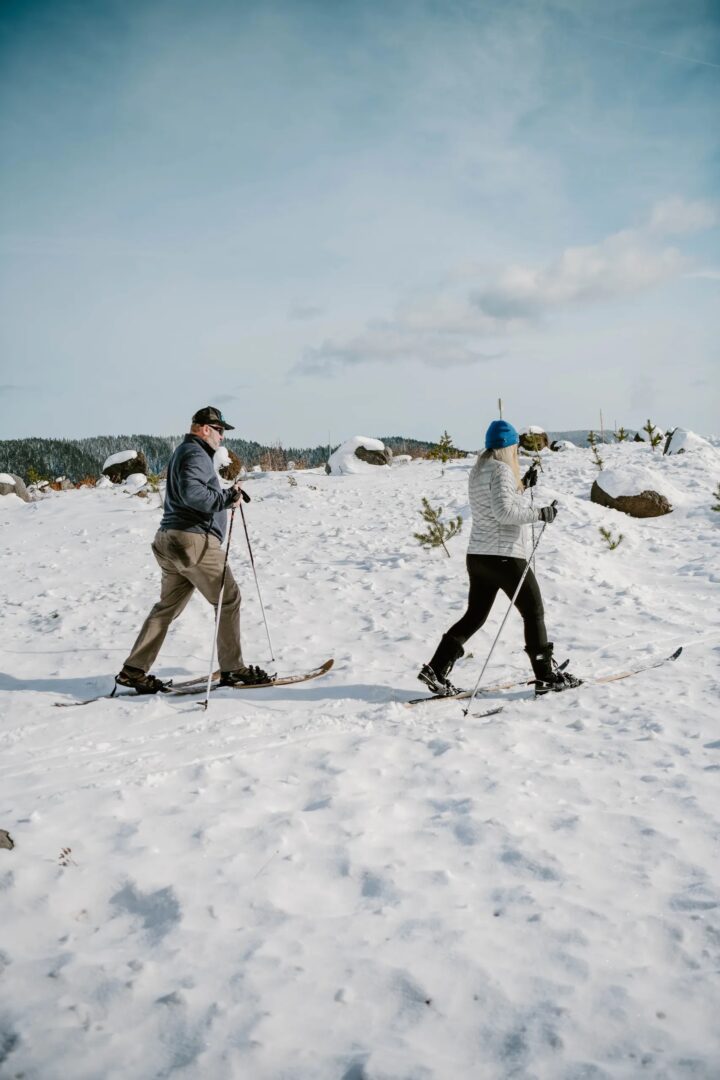
Thanks, so before we move on maybe you can share a bit more about yourself?
In 2018 a snowstorm in Portland, Oregon sent me scrambling for my Nordic ski gear — only to find that while my skis had survived a gear purge, my thirty-year-old boots were gone. With four adult children living in the house, it occurred to me that if I had a simple harness for my winter boots, I could make better use of my Nordic skis. It needed to fit a variety of shoe sizes and be easy to adjust, so any member of the family could ski from the house on snow days; an adjustable cross-country ski boot. After significant research and multiple iterations of a simple prototype using the largest size cross-country ski boot on the market, I decided to apply for, and was granted, a patent for my Universal Shoe Harness for Nordic Ski.
Receiving the patent sent me back to the workshop to develop a functional prototype constructed from my favorite snowshoe bindings and various ski boot soles. This was a significant departure from my career working with native American tribes on the Columbia River, rebuilding important salmon runs and ensuring adequate mitigation from the impacts of the hydro-electric dams. Working with a tennis shoe prototype consultant in Portland, I designed a simple, functional final shoe harness design for the most popular Model NNN cross-country ski binding. Following market and product testing with select users it became abundantly clear that a three-pin model was necessary to satisfy a burgeoning off trail user group category. I used the same design for the upper part of the harness and replaced the sole to fit a three-pin ski binding, thus creating two models that serve both groomed trail and off trail enthusiasts. The design of the Nordic-Step is simple and easy to use. The body of the harness is a single form that wraps around the winter boot and provides a firm connection with the ski binding. The ratchet buckles are a sleek, intuitive design that are easy for most people to operate with minimal instruction. The buckles firmly secure the winter boot to the harness to provide a “feel” of the ski and snow similar to that of a cross-country boot. The Nordic-Step was designed using a Women’s Size 5US and a Men’s Size 16US hiking boot(s) to satisfy the goal of one size fitting most users. The Nordic-Step is easily to modify for shoe sizes outside this range.
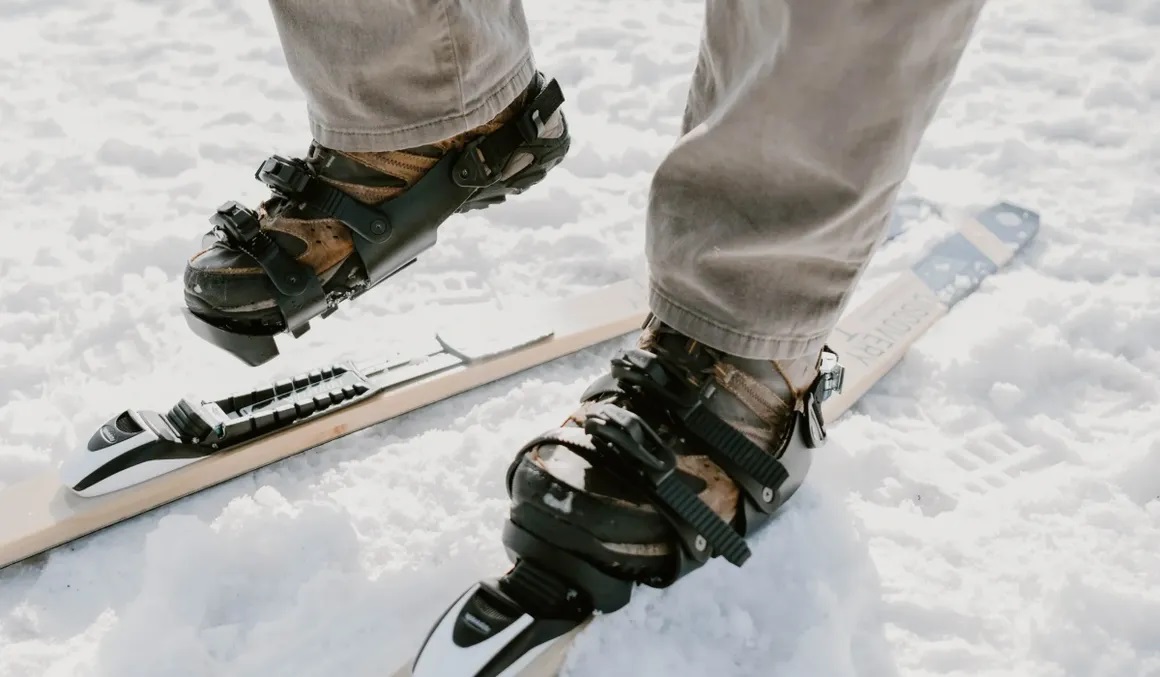
Looking back, what do you think were the three qualities, skills, or areas of knowledge that were most impactful in your journey? What advice do you have for folks who are early in their journey in terms of how they can best develop or improve on these?
Developing a commercial product on your own, with little or no knowledge about your product’s industry is very difficult. It was difficult to get help from knowledgeable experts in the field because either they felt there was a conflict of interest or because they couldn’t see the value of a new product in their staid perception of the industry. I struggled at times to find guidance on design details or material selections. The old adage about building a bicycle while you are riding it was an apt description of my process in developing the Nordic-Step. I just kept focused on the next step on the path and eventually ended up launching a product as a commercial enterprise. The three qualities that carried me through development, production and sales was ignorance, stubbornness, and curiosity. If I had it to do over again, I would hire professionals or seek partners in the ski industry to help develop my product. I was ignorant to many aspects of ski equipment and learned several important and sometimes expensive lessons due to my ignorance. But this also led me to novel solutions. I carried forward even with the prospect of failure because I knew I had a good idea that just needed the right connection or timing to become a hit. And finally, I kept moving forward out of curiosity. Every day I would learn more about the ski industry and meet new people and learn about their relationship to cross-country skiing.
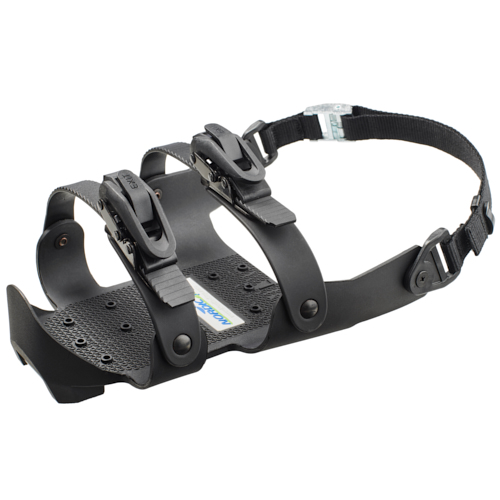
Okay, so before we go we always love to ask if you are looking for folks to partner or collaborate with?
I am looking for partners. I have carried the Nordic-Step as far as I can on my own. I have funded development and marketing from my retirement fund and have reached a point where I can’t risk any more personal capital. Sales have been successful, but the production costs are too high to support a viable product. I have several ideas for a re-design that could bring the costs down to half of where they are now. I need capital to do a redesign, develop new molds, and invest in inventory. I am certain that if I can offer the product for less than $75 per pair, I can double my sales volume and increase my profitability. But I am not just looking for capital. I am looking for someone in the ski industry that can help guide development and marketing to target customers. The Nordic-Step does not compete with XC ski boots, it supports occasional and beginner skiers and will draw new and returning skiers to the sport. But these skiers are hard to find and the timing for when they enter the market is hard to determine.
Contact Info:
- Website: http://www.Nordic-Step.com
- Instagram: https://www.instagram.com/thenordicstep/
- Facebook: https://www.facebook.com/adjustablecrosscountryskiboot
- Linkedin: https://www.linkedin.com/in/tom-iverson-239772224/
- Youtube: https://www.youtube.com/@nordic-step608
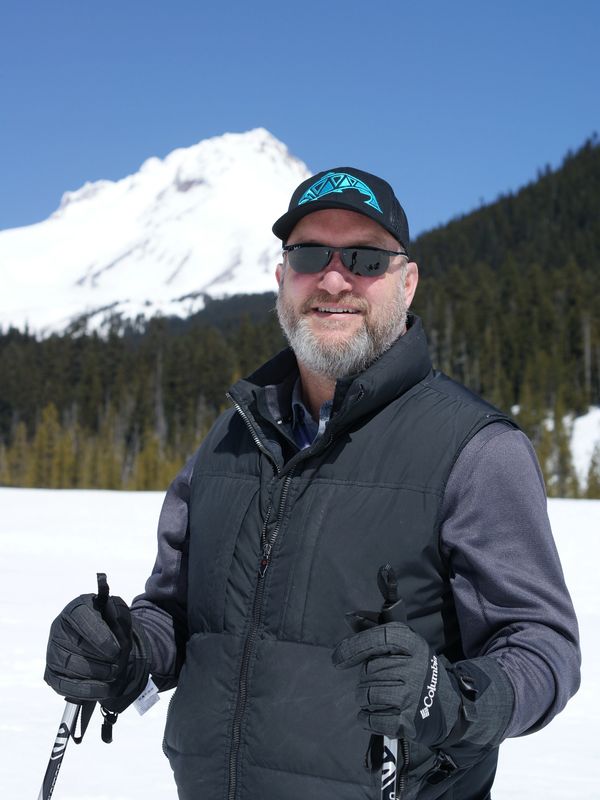
Image Credits
Lea Jacobsen, Portland, Oregon.
Joseph Eastburn Photography
so if you or someone you know deserves recognition please let us know here.



